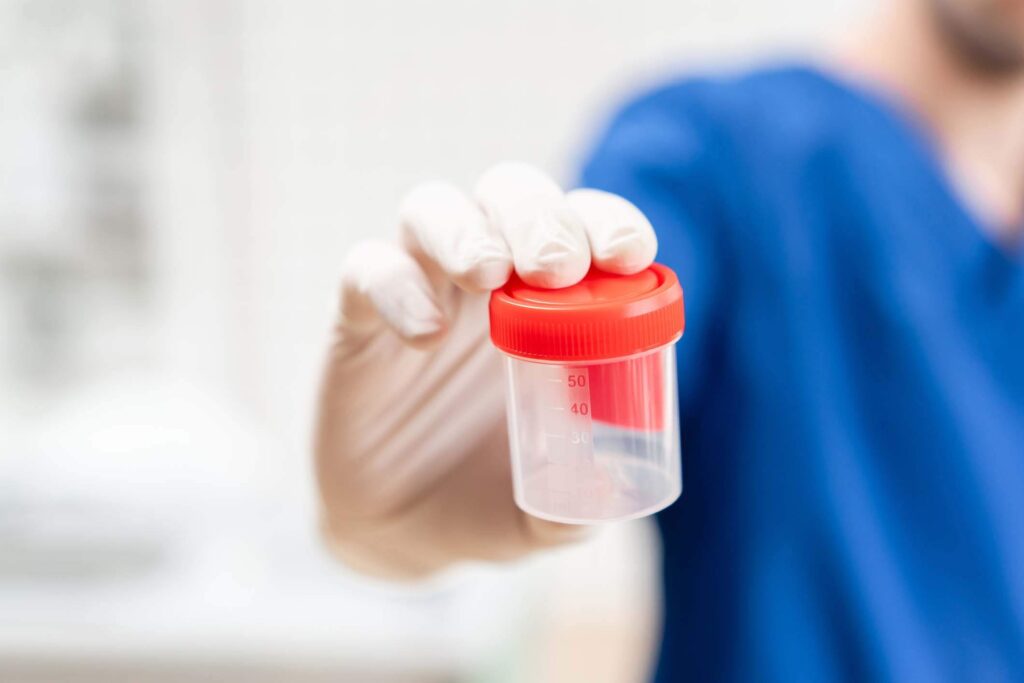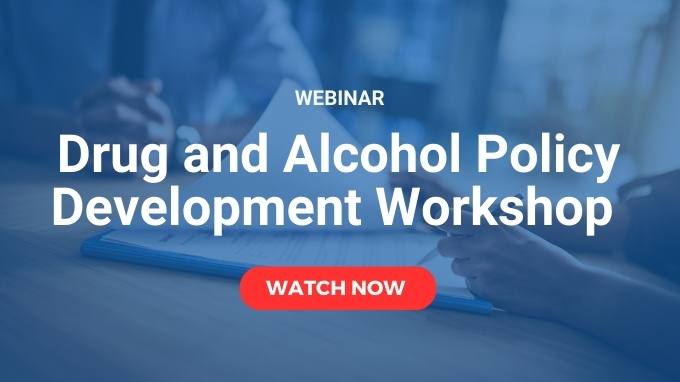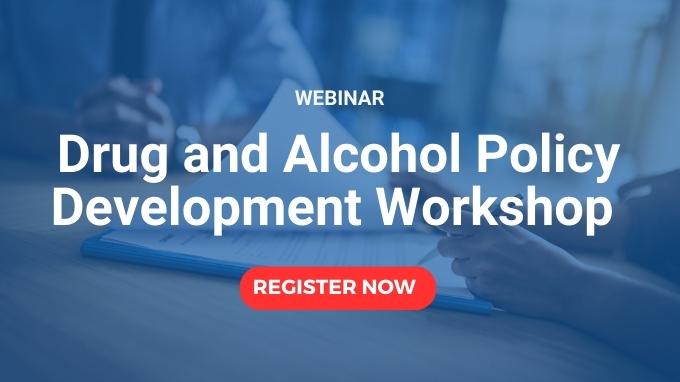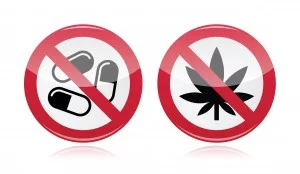Performing the testing of wastewater, is that something you can carry out on all sites? Is it an easy test to complete?
Wastewater testing can be performed effectively at any site. All that is required is to get access to the effluent outflow or the wastewater holding tanks for sampling. If required, Safework Health can send our staff to your sites and assess what needs to be done for testing and advise on the optimum testing regime tailored to your needs. Wastewater testing requires as a minimum that the number of staff at the site at the time of testing be made available. The effluent flow rate would be helpful but is not critical, as it can be approximated from the staff numbers assuming the average number of toilet visits and the average Australian toilet flush volume. Each sampling episode is easily done by taking ~300mL of wastewater from the effluent stream. Reports will be available within 7 working days of receipt of the sample.
Do we need to notify the employees that we are going to conduct wastewater testing?
There is no requirement – either legally or by custom, in Australia or internationally – to inform a site that wastewater testing is being or is planned to be performed. Wastewater testing is a whole-site testing procedure and does not impact the individual workers. Results reveal the magnitude of drug use at a site collectively and cannot identify the individual workers involved, so no case can be made for generally informing a site that testing will take place.
Do you see a time when we will have standards for hair testing?
It is generally believed the European SoHT (Society of Hair Testing) recommendations will be adopted as the international standard for hair testing by the EU over the next 2 to 3 years – specifically the 2022 Consensus on Hair Testing. The current delay is due to problems reconciling French guidelines with German practice. Once the EU has given its imprimatur, the US and Australia will follow suit to comply with international best practice guidelines.
Can you share that evidence base for >1 per year drug and alcohol testing programs reducing accidents by X%?
In progress. The review of the literature will be made available on 12 December 2023.
Do the laboratory test results reflect how long ago the worker is likely to have taken THC? Namely, can the result be converted into a rough timeline of when the THC was used?
No exact figure can be given. Urinary THC (provided the donor’s physiological details are supplied) may potentially supply the most accurate (albeit rough) estimate.
The oral fluid detection window for THC is roughly 8-12 hrs for standard doses of medicinal cannabis, ~ 12-18 hours for a NIDA-standard low dose 5mg THC cigarette, 18-24+hrs for a NIDA moderate dose 10mg THC cigarette. By use of the detection window a crude estimate of the maximum time since use can be made.
Urine detection windows are more complex. THC is a lipid-soluble molecule which partitions into the body fat. The more frequent the use of cannabis, and/or the more adipose tissue a donor has, the longer the detection window for THC – ranging from 3 to 5 days for a standard NIDA cigarette in a donor with normal BMI to 7 days for an obese donor with a BMI > 28.
By factoring in the height/weight and age of the donor and the stated frequency of use, a rough estimate of the time since use (i.e., more than ‘x’ hours but less than ‘y’ hours before collection) can be made for a range of THC doses, as well as determining whether a particular urinary THC level is consistent with the donor’s stated dosage and declared time since use. It should be noted these estimates are rough and not exact and that, while oral fluid THC correlates well with THC-associated impairment (if it’s not detected, the donor’s not affected), urinary THC levels do not correlate with impairment.










